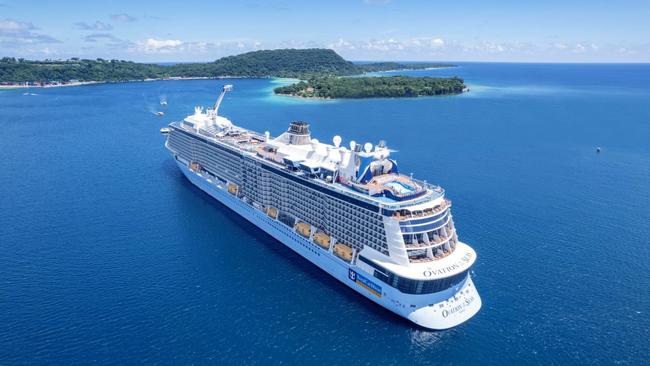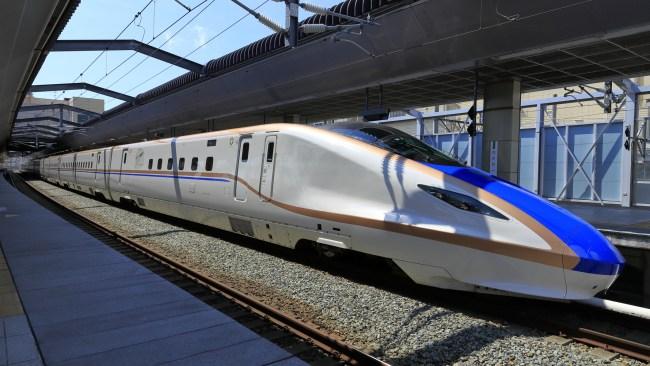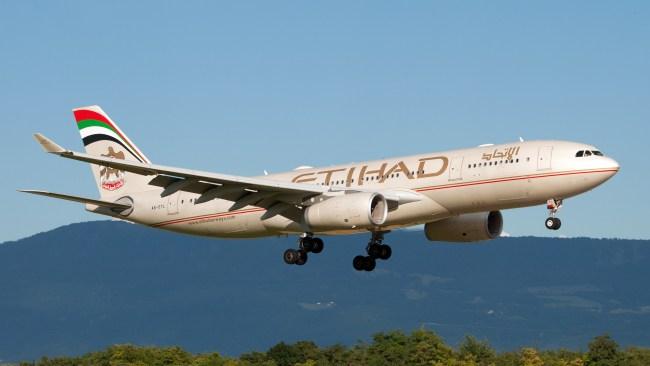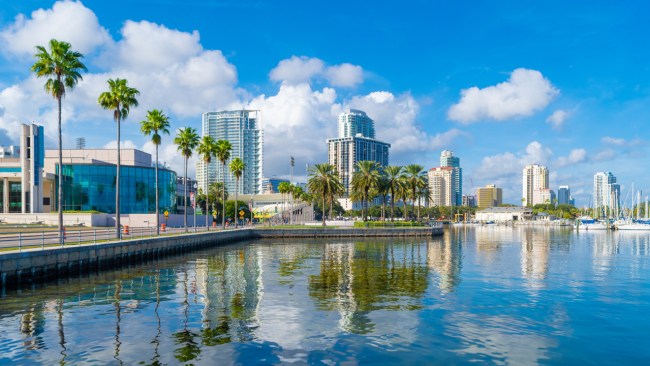How to avoid bad conversion rates on a cruise
Is it possible to use a travel money card on a Royal Caribbean cruise to avoid being short changed by the exchange rate?

Lifestyle
Don't miss out on the headlines from Lifestyle. Followed categories will be added to My News.
Escape's Doc Holiday, Dilvin Yasa, answers your travel-related questions.
We have a domestic Royal Caribbean cruise booked, but all costs are calculated in US dollars. Would the use of a travel card assist with avoiding poor conversion rates?
You are correct; currency used across Royal Caribbean’s fleet is US dollars (yep, even those cruising domestically). The ships operate on a cashless system so that all on-board purchases are automatically charged to your SeaPass on-board account.
While one of the benefits of travel money cards is the ability to lock in a favourable exchange rate, many cruise lines will not accept them. And, like standard debit cards, pre-authorisations (holds) on the card can take up to 10 days, if not longer, to be taken off, leaving you without access to your money.

I contacted Royal Caribbean and they confirmed that while you are able to use a credit card, debit card or cash to settle your account, a “garden variety” travel money card will be of no use to you behind the counter. That said, they did add that if the travel money card is a Visa or Mastercard, you can “technically” use this to settle your SeaPass bill at the end of the cruise.
I recommend contacting the cruise line and buying as much onboard credit as you can now, and pre-paying everything else you think you might require. You can pre-purchase drink packages and shore excursions etc through the cruise planner in Australian dollars before you sail. Of course, if you already have a thick wad of US dollars in your possession, you could also settle your SeaPass account in cash at the end of your voyage.

When is the best time to buy a Japan Rail Pass, and where should we buy it from? We’re travelling in October.
The best time to buy a Japan Rail Pass is as soon as you finish reading this article. The cost of the beloved pass is set to increase drastically in October (a spike of up to 77 per cent for a seven-day Green Car pass, or from ¥39,600 to ¥70,000). The good news? Passes can be activated up to three months after the issue date, and you can order your pass at the current price until September 25, 2023.
Of course, if you don’t mind paying a little (OK, quite a bit) more for your pass, the new passes will come with a few new benefits. Not only will you be able to use your JR Pass on Nozomi and Mizuho trains – albeit with a supplement payable for each journey undertaken, but it will also include discounts at several local attractions (no news yet on what these attractions are but confirmation is expected at the end of this month).
Fast fact: Most regional rail passes will also become more expensive come October, with the JR East and JR Central services experiencing a significant price hike.

I’m keen to travel more sustainably and have been avoiding long-haul flights due to their environmental impact. What other tips do you have for reducing our travelling footprint?
Thank you for asking such a thoughtful question. We know aviation is responsible for 2.4 per cent of human-produced carbon each year, so you’re right to lean on gentler forms of transportation such as trains and coaches.
To reduce your impact when you fly, you can book an airline going above and beyond with its sustainability practices (Etihad Airways has been named Environmental Airline of the Year for the second year running by Airline Ratings), and buy verified carbon offsets from the airline or through an accredited agency (opt for offsets that avoid emissions through energy efficiency). Packing lighter, flying economy (a World Bank study found business class seats have a carbon footprint three times that of economy class), and opting to take direct flights, all make a difference. Planes release the most carbon during take-off and landing, so you want to avoid multiple legs where possible.
On the ground, choose a sustainable hotel from a booking platform such as GoKinda and, once checked in, unplug anything you don’t require and put your Do Not Disturb sign on (for some reason, many hotels still change your towels even though you’ve hung them up). I’m also a big fan of packing reusables, from toiletries to water bottles and a shopping bag.
Getting around by public transport, or even by bike and scooter where you can, is an obvious one, but I also recommend eating local, and rolling up your sleeves and doing something good for both the local community and the planet. In the past year, I’ve become a militant plogger (picking up rubbish as you jog or walk) and it’s an activity I highly recommend.
More Coverage
Originally published as How to avoid bad conversion rates on a cruise





